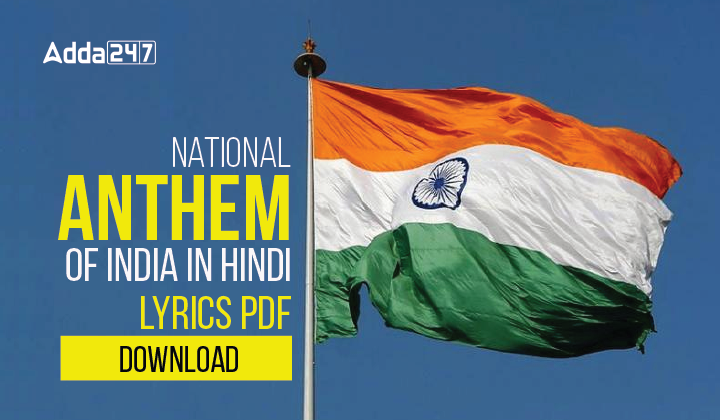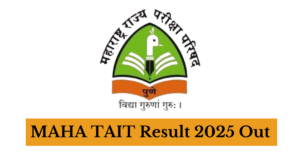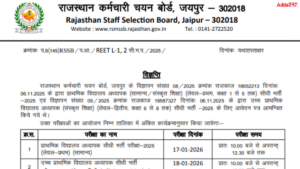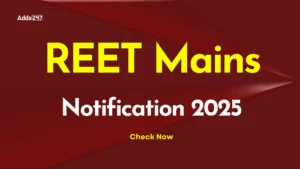Table of Contents
The National Anthem of India is “Jana Gana Mann”. As we all know, National Anthem is an official song of a Nation that represents the tradition, culture and emotions of the Nation. It is mostly a patriotic composition which reflects upon the history and culture of the country. The National Anthem of India was written by Rabindranath Tagore and represents the history, geography, culture and pride of India.
National Anthem of India in Hindi Meaning
The literal meaning of the National Anthem of India’s first line “Jana Gana Mann” is “You are the ruler of the minds of all people, Dispenser of India’s destiny”. Overall the National Anthem of India reflects upon the pluralism that persists in India. It speaks of the different castes, creeds, religions and cultures of India and the unity and harmony that binds them together into one.
National Anthem of India in Hindi Significance
The National Anthem of India has its own significance as it is associated with the pride of the Indians. The National Anthem of India binds us together despite the difference in culture, religion and languages. Geographically, India is a vast country, with a huge population speaking 22 scheduled languages and more than 300 other languages. The National Anthem of India is written in such a way that it includes all these vibrant and varied aspects of the country and the people
Who Wrote the National Anthem of India?
The National Anthem of India is written and composed by Rabindranath Tagore. On 27th December 1911, Tagore sang the National Anthem of India for the first time in the Calcutta Session of the Indian National Congress. The Song “Jana Gana Mann” evoked the patriotic feelings and emotions of the people of that era and helped them believe in unity and harmony despite the ruthless and divisive policy of the British Raj.
Rabindranath Tagore wrote “Jana Gana Mann” in Bengali and Sanskrit which was later translated into Hindi by Abid Ali. On 24th January 1950, the Constituent Assembly of India officially accepted “Jana Gana Mann” as the National Anthem of India.
National Anthem of India Decorum
There are certain protocols and decorums that need to be followed by the people while the National Anthem of India is sung or played. People need to stand up with respect to the National Anthem of India whenever it is played particularly in government programs, offices, schools and other public places.
National Anthem of India in Hindi
Here are the complete lyrics of the National Anthem of India. Read the National Anthem of India thoroughly to understand its beauty and elegance of the National Anthem of India.
जन गण मन अधिनायक जय हे
भारत भाग्य विधाता।
पंजाब सिन्ध गुजरात मराठा
द्रविड़ उत्कल बंग।
विंध्य हिमाचल यमुना गंगा
उच्छल जलधि तरंग।
तव शुभ नामे जागे
तव शुभ आशीष मागे।
गाहे तव जयगाथा।
जन गण मंगलदायक,
जय हे भारत भाग्य विधाता।
जय हे, जय हे, जय हे
जय जय जय जय हे॥
National Anthem of India Translation in English
Following is the Translation of the National Anthem of India in English. The translation will help you understand the meaning of the National Anthem of India in English and comprehend its essence in a better way.
You are the ruler of the minds of people, let the victory be with you,
The dispenser of the destiny of India —Punjab, Sindh, Gujarat, Maratha, Dravid, Orissa, Bengal
There are echoes in the hills of Vidhya, and the Himalayas and music is mingled in Yamuna, and Ganga which is chanted by foaming waves of the Indian Sea
Wake up listening to the auspicious name of yours and pray for your blessings, The saving of all the people is lying in your hands.
You are the one to impart well-being to the people, the dispenser of the destiny of India
May you get victory, victory, and victory for you!
The anthem urges us to wake up from slumber and helps in reviving the strife and countless sacrifices which our freedom fighters underwent while waging the war for independence.
National Anthem of India in Hindi PDF
Check out the National Anthem of India in Hindi PDF. In the National Anthem of India PDF, you will find all the important guidelines that need to be followed while the National Anthem of India is being played or sung.



 Maharashtra TAIT Result 2025 Out, Downlo...
Maharashtra TAIT Result 2025 Out, Downlo...
 REET Mains Exam Date 2026 Released, Chec...
REET Mains Exam Date 2026 Released, Chec...
 REET Mains Notification 2025 Out for 775...
REET Mains Notification 2025 Out for 775...












